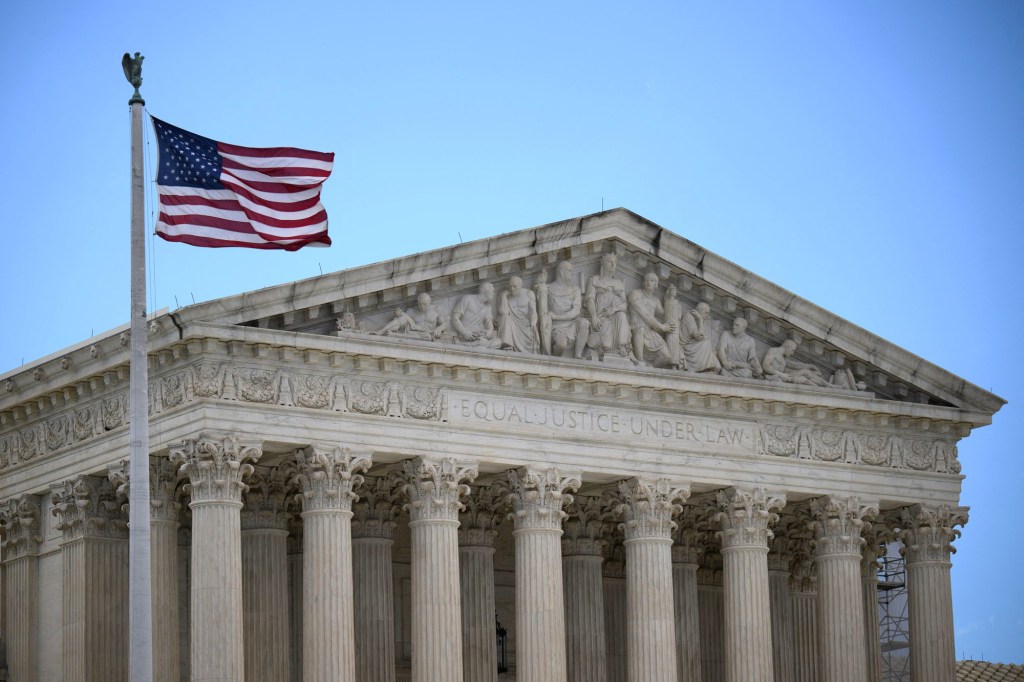Michael Macagnone | CQ-Roll Call (TNS)
WASHINGTON — The Supreme Court closed out a term Monday full of blockbuster decisions on gun control, abortion and criminal charges against former presidents, but legal experts say the most impactful rulings may be those where the conservative majority flexed its influence over federal government actions and policies.
The justices extended their own power over other branches of government and the lower courts, even as they declined to go as far as some Republican-backed litigants and conservative lower courts, those experts say.
Aziz Huq a law professor at the University of Chicago, said the Supreme Court decided most issues in a way that gives them more sway over policies.
“What is distinctive here is that the consequence, the aftereffect, of these decisions is to dramatically increase the discretionary authority of courts, and in particular, the Supreme Court, at the cost of other constitutional actors’ authority,” Huq said.
In four decisions, the justices gave judges more power to review administrative agency decisions, forced certain Securities and Exchange Commission actions to be filed in federal court, allowed challenges to agency rules years after they are finalized and stepped in to pause a nationwide plan to reduce cross-state air pollution.
Clare Pastore, a law professor at the USC Gould School of Law, said the changes from those decisions will reverberate for years to come, encouraging constant lawsuits over both new and existing federal rules, with litigants shopping around for the friendliest judges.
“I think anyone who’s paying attention, can see that the court is engaged in a project of — some would say rolling back, some would say dismantling — the administrative state as much as possible, and the rulings that the court has just issued take us a kind of a stunning distance in that direction,” Pastore said.
Those cases emerged as part of a term filled with major decisions on the structure of…
Read the full article here







